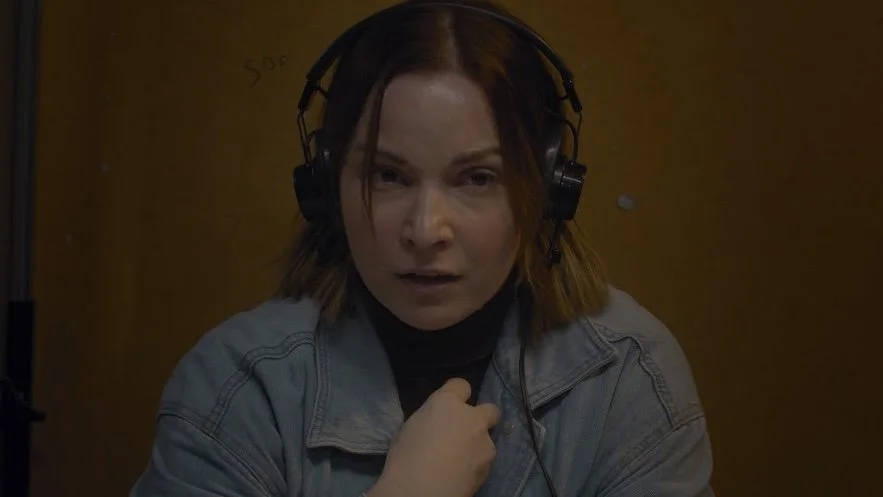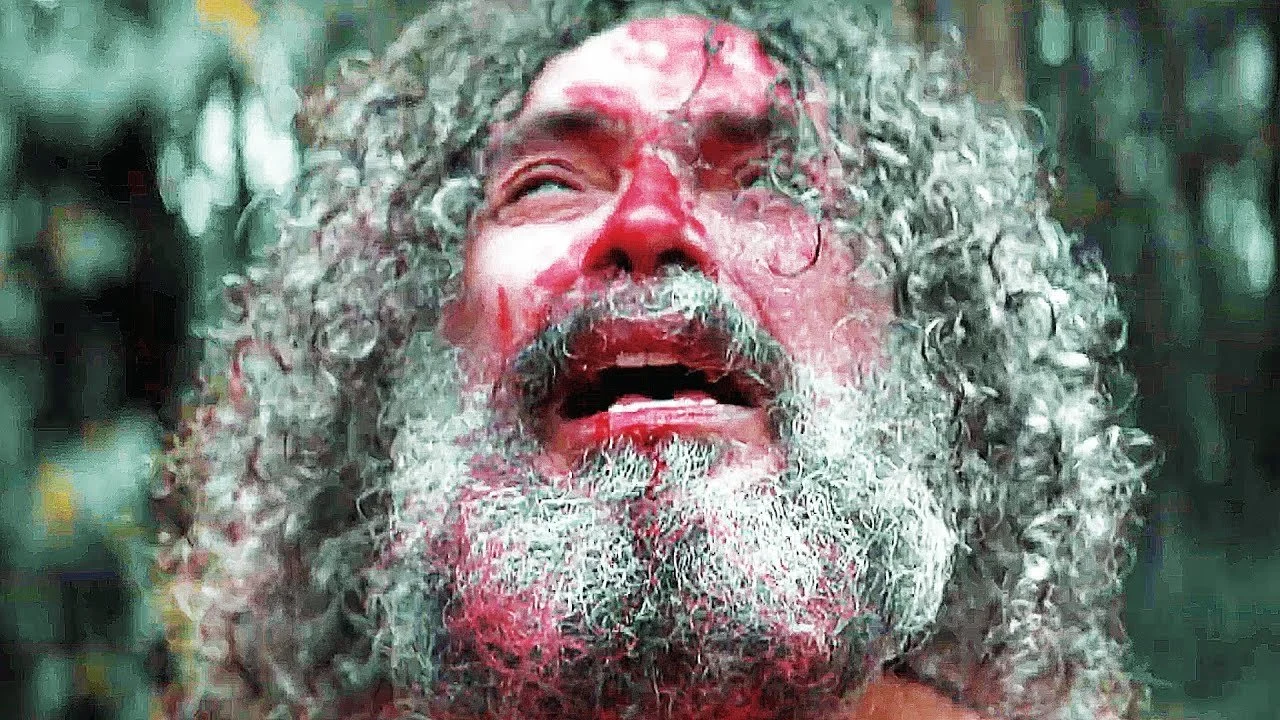Salem Horror Fest 2023: Film Review — "Bliss of Evil"
If the earliest frames are to be believed, the events that unfold in Josh Morris’ Bliss of Evil are inspired by a murder spree that happened in Brisbane, Australia in the 90s—and, as with many films that purport to be “based on a true story,” supposedly only the names have been changed. Very Fargo, yah? Texas Chain Saw, even. Personally, I seldom care about what’s verifiable (usually nothing) and what’s fabricated (usually everything) in such instances, provided the film in question retains my interest and offers a few surprises along the way. And, thankfully, this film does. Bliss of Evil is a sensible slasher movie, overall.
Granted, I am indeed the target audience for this type of flick. I adore micro-budget productions. I don’t hold a lack of funding or resources against a crew; I see those things as avenues for craftiness and ingenuity—a well-constructed motion picture is a well-constructed motion picture. In other words, underprivileged filmmaking may require more creative assemblage, but so long as the film comes together and entertains, I’m a happy camper.
This slasher doesn’t begin with a standard cold open kill, but, as the story develops and we gather more info about the killer’s backstory, it makes perfect sense why it wouldn’t. In lieu of that, Morris treats us to a grim and bloody opening credits sequence instead. Exceptional opening titles are few and far between these days, and Morris’ beautifully establish the film’s tone, genre, and setting. From the jump, the imagery gives us a solid idea of what’s to come, and I’m pretty sure its macabre charm boosted my serotonin levels.
I admire slasher filmmakers with the confidence to take their time, and Morris does just that. He wisely front-loads the film with character work and allows the tension to build so steadily that it becomes hard to determine when exactly the action will kick in and who’ll die first once it does. Antsy viewers will likely struggle throughout most of the first half, but it’s their loss, really. Meanwhile, there’s plenty of bait on the hook for patient cinephiles and admirers of frank acting.
On more than one occasion, Morris sagely lets key character-centric moments play out in long take. As the narrative pieces start falling into place, lead actress Sharnee Tones, who plays Isla, gets a prolonged shot all to herself to mentally revisit every excruciating second of a recent traumatic experience. Even though we do not see here what Isla is recollecting, Morris’ examining camera push brings attention to every detail on the canvas of her anguished face. Tones’ performance is the source of the film’s emotional core.
Rounding out the ensemble and adding unique humorous energies to their scenes are Brendan R Burman-Bellenger as Roy and Chenaya Aston as Courtney. Roy is the cocksure and somewhat brash member of the group, and Burman-Bellenger lends his role a saucy vigor. Then Aston, his scene partner for much of the film, takes a seemingly archetypical “strumpet” part and imbues her with an unexpected, though welcome, intelligence. Courtney’s journey from trampy groupie to armchair behaviorist made her my favorite in the end.
Co-screenwriter Corrie Hinschen plays Bloodface, the killer, and he grants himself the opportunity to flex more acting muscles than most slashers ever get to. Off the bat, a storytelling decision that helps Bloodface stand out among his more iconic peers is that his face is visible for the bulk of his screen time. He doesn’t mask up, but he does redden his skin (in what I’m choosing to believe is a tribute to Diane Ladd in Wild at Heart), which lets Hinschen’s piercing eyes and angular visage remain expressive. While I find Bloodface’s motivation kinda weak and pathetic (perhaps I’m meant to), I will give Hinschen and Morris credit for finding a natural way to give a slasher-killer an acoustic ballad to sing—and what a lovely voice he has! Strangle me with those guitar strings, daddy!
On the whole, Bloodface’s kills aren’t super imaginative or even particularly brutal. This may be due to where his bloodlust is rooted. As I said before, his rationale is… fairly shallow, in my opinion. It brings to mind the facile dudes who can’t take pushback and go on overblown rampages in many of the Italian gialli, which is also why I suspect that Bloodface’s insecurity and his need to reclaim dominance—no matter the consequences—is probably the point. Nevertheless, if he had a “better” “reason” for going on a murder spree, maybe his kills would come with more flair. Bloodface’s methods may be basic, but they get the job done, and Josh Morris has the good sense to show just enough to encourage our imagination to do the rest.


